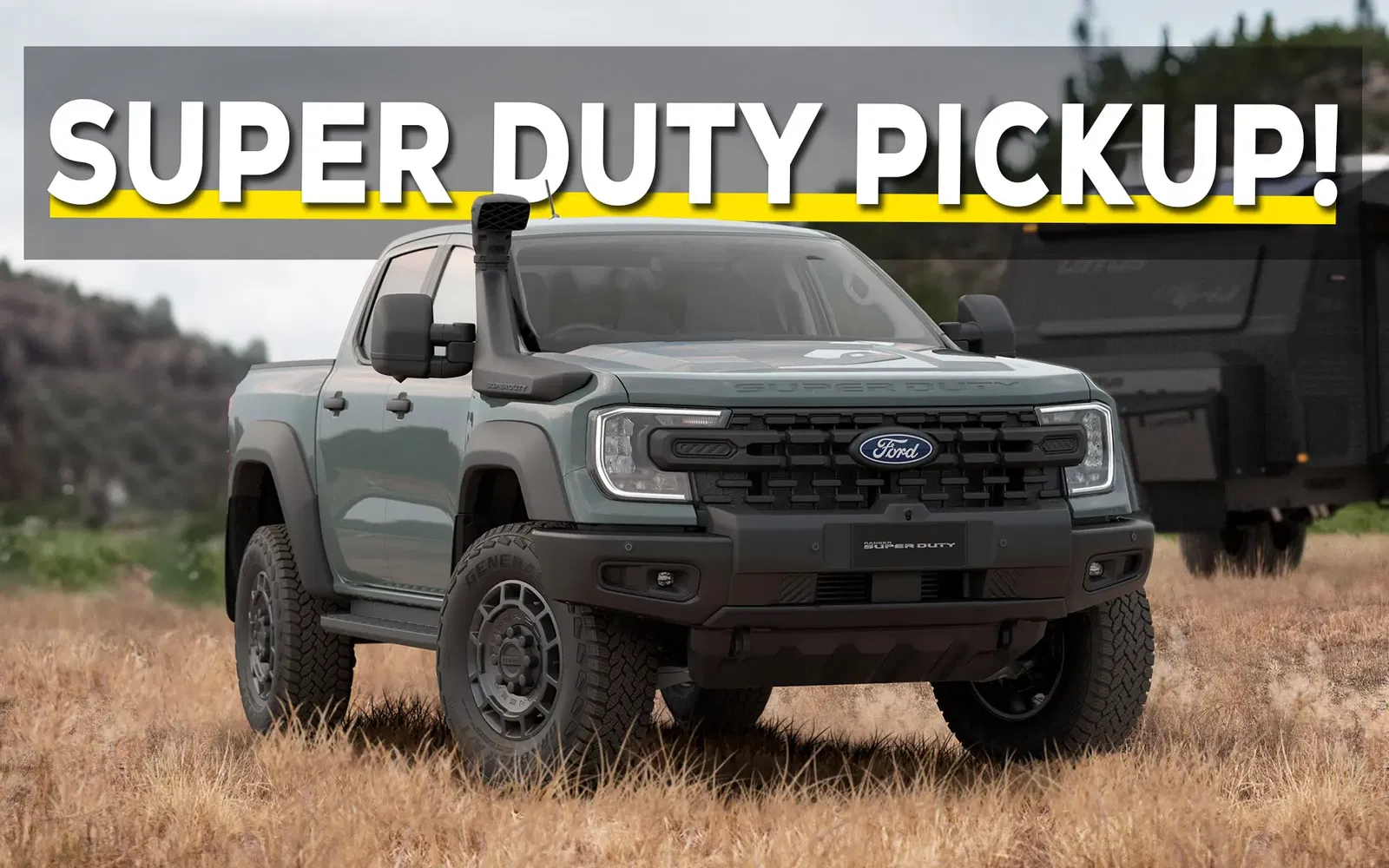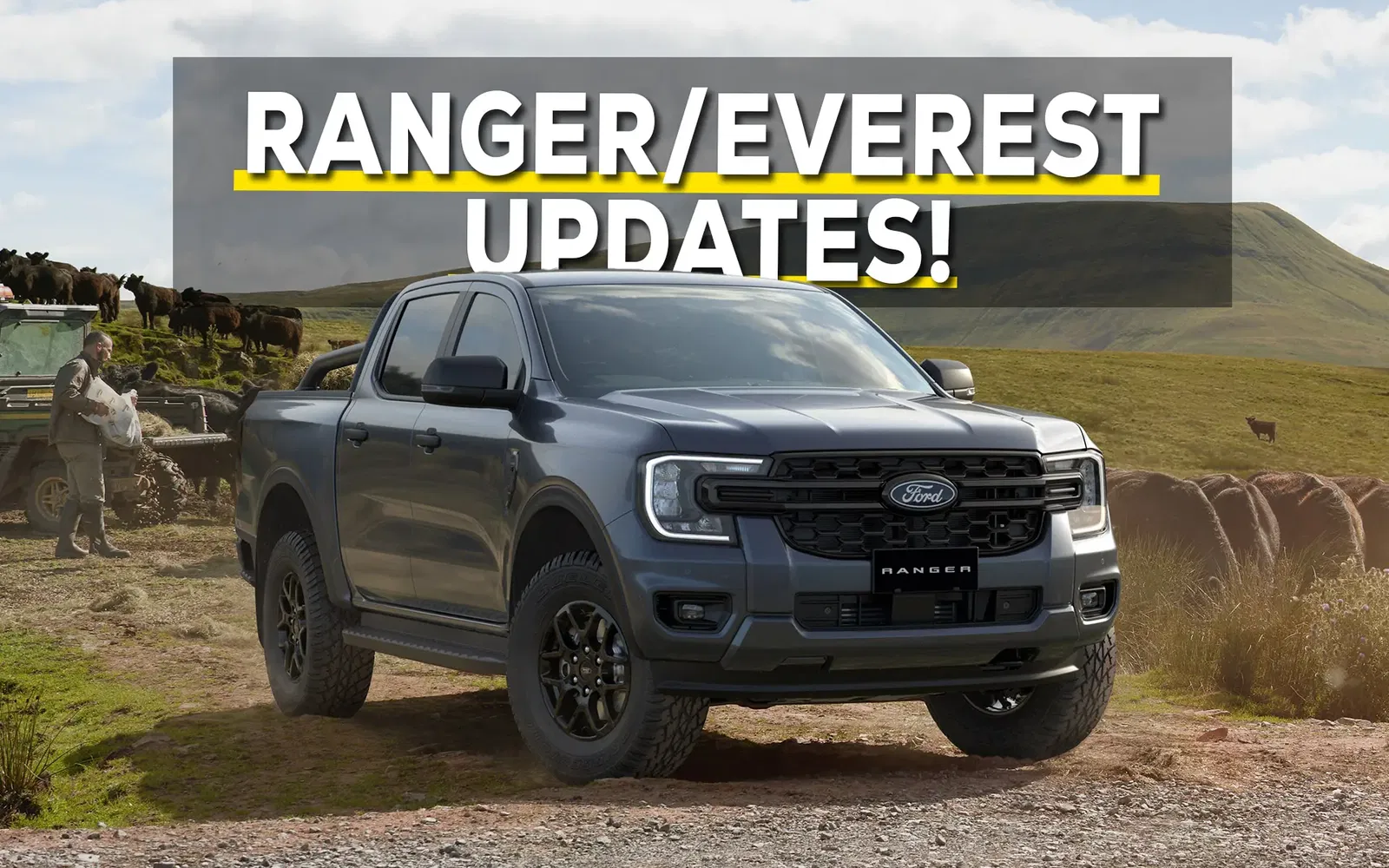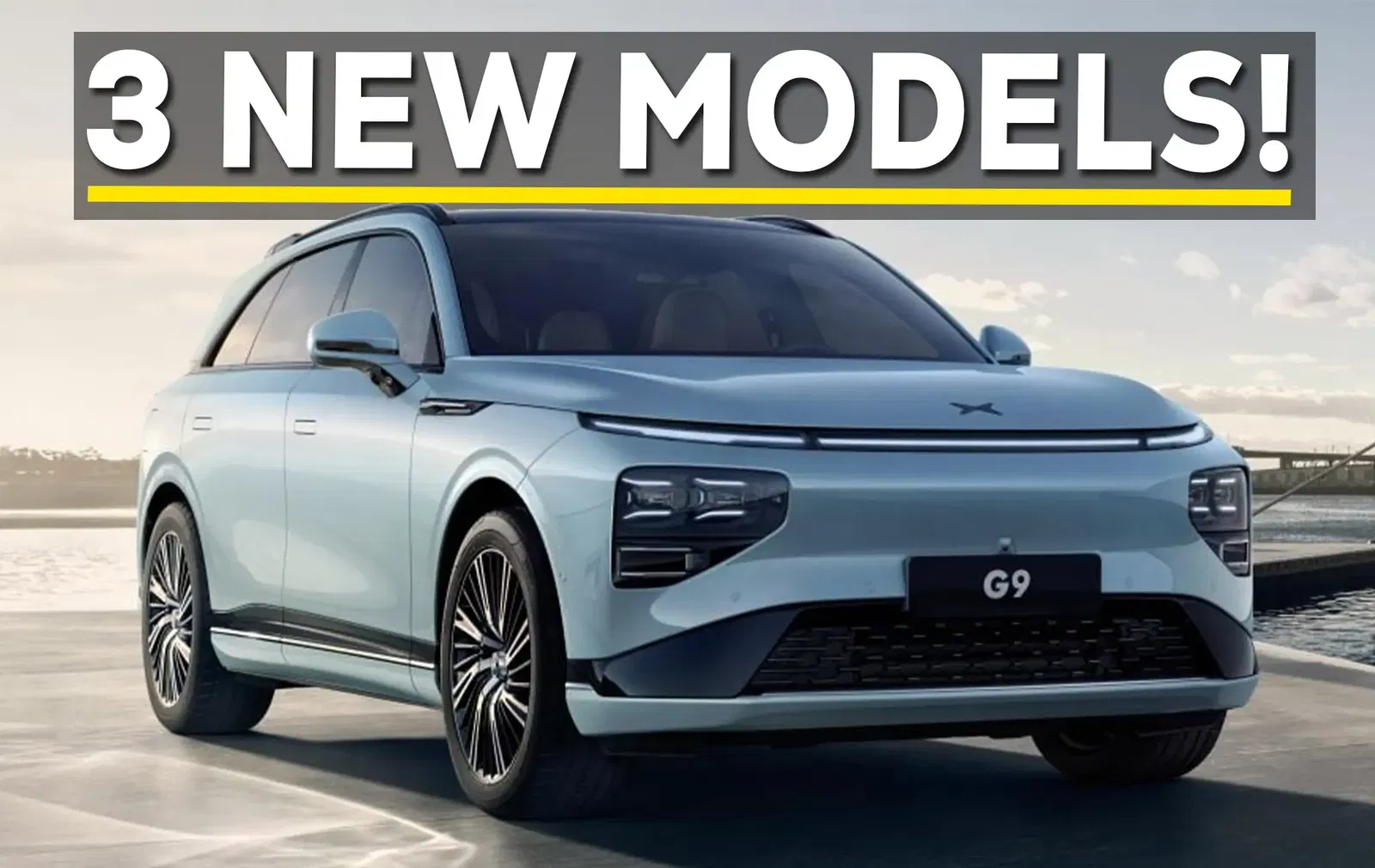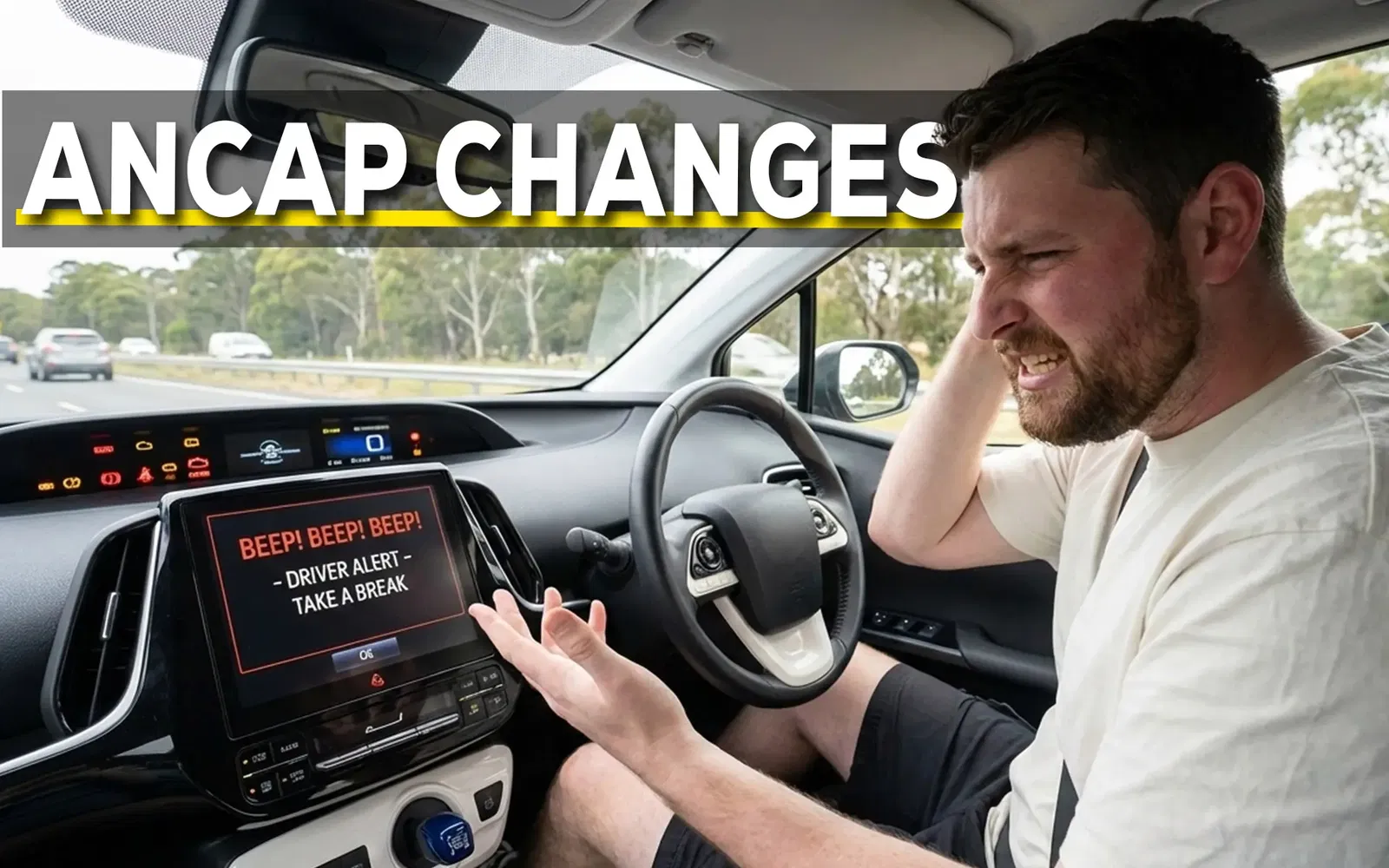UPDATE: Ford has officially unveiled the Ranger PHEV in Germany!
Ford has reached a significant milestone with the production of its 1000th prototype, a Ranger Plug-in Hybrid Electric Vehicle (PHEV), at its New Model Programs (NMP) facility in Melbourne. As the mid-size ute segment heats up with competitors like the upcoming BYD Shark PHEV, Ford is positioning the Ranger PHEV to stand out by combining power, sustainability, and versatility.

The Ranger PHEV, which pairs a 2.3-litre Ford EcoBoost turbo petrol engine with an electric motor, offers an all-electric range of over 45 kilometres, designed for urban driving with zero tailpipe emissions. It retains a 3,500 kg braked towing capacity and features Ford’s Pro Power Onboard™ system, which provides onboard power outlets for additional utility. This hybrid flexibility positions the Ranger PHEV as a strong contender against hybrid utes like the BYD Shark, which is set to launch in Australia between late 2024 and early 2025.

{{AD}}
The BYD Shark PHEV offers a plug-in hybrid system with a 1.5-litre four-cylinder turbo petrol engine and dual electric motors, producing over 321 kW of power. It provides an electric-only driving range of up to 100 kilometres, more than double the Ranger’s electric range, and a total hybrid range of 840 kilometres. However, the Shark’s braked towing capacity of 2.5 tonnes falls short of the Ranger’s 3.5 tonnes, which gives the Ranger an advantage for buyers who prioritize heavy-duty towing capacity.

Both the Ranger PHEV and BYD Shark PHEV offer advanced technological features and eco-friendly powertrains, but they cater to slightly different needs. The Ranger PHEV is better suited for drivers who need robust towing and off-road capabilities, while the Shark appeals to those seeking a longer electric-only range and high performance. The two utes will compete directly in Australia’s rapidly growing plug-in hybrid market, and Ford's focus on utility and hybrid versatility ensures the Ranger remains a strong option as the competition intensifies.

Since last year, Ford's product development teams have been conducting engineering tests on Ranger PHEV prototypes built at NMP. The model is part of Ford's commitment to expanding its electrified line-up, joining other electric and hybrid vehicles like the Mach-E and E-Transit.
More details about the Ranger PHEV will be announced at the IAA Transportation show in Hanover, Germany.







FAQ
How does the Ford Ranger PHEV compare to the BYD Shark PHEV?
The Ford Ranger PHEV offers a 45 km electric-only range and a braked towing capacity of 3,500 kg, making it ideal for drivers needing utility and heavy-duty tasks. The BYD Shark PHEV provides a longer electric range of up to 100 km but has a lower braked towing capacity of 2,500 kg, positioning it more for urban and performance-focused drivers.
What is the electric-only range of the Ford Ranger PHEV and BYD Shark PHEV?
The Ford Ranger PHEV has an electric-only range of over 45 kilometres, while the BYD Shark PHEV offers a more extended electric range of up to 100 kilometres, making it suitable for longer emission-free trips.
How do the towing capacities of the Ford Ranger PHEV and BYD Shark PHEV compare?
The Ford Ranger PHEV has a braked towing capacity of 3,500 kg, which surpasses the BYD Shark’s 2,500 kg towing capacity, making the Ranger a better option for those who need to tow heavier loads.
What safety features are included in the Ford Ranger PHEV and BYD Shark PHEV?
Both vehicles come with a suite of advanced safety features. The Ranger PHEV offers adaptive cruise control, lane-keeping assist, and automated emergency braking, while the BYD Shark PHEV adds features like autonomous emergency braking, lane-keep assist, blind-spot monitoring, and a 360-degree camera system.
What is the expected price range for the Ford Ranger PHEV and BYD Shark PHEV?
The BYD Shark PHEV is expected to start at around AU$70,000 before on-road costs, positioning it competitively with premium diesel-powered utes in Australia. Pricing details for the Ford Ranger PHEV have not yet been announced, but it is expected to be priced similarly within the hybrid mid-size ute market.
What are the key differences between the Ranger PHEV and BYD Shark PHEV in terms of performance?
The BYD Shark PHEV is more performance-oriented with a combined power output of over 321 kW and a 0-100 km/h time of 5.7 seconds. The Ford Ranger PHEV focuses on balancing performance with utility, offering a higher towing capacity and a powertrain that is more suited for both urban efficiency and heavy-duty tasks.
Sign up to our newsletter
Be the first to know when we drop new car reviews.
.avif)








